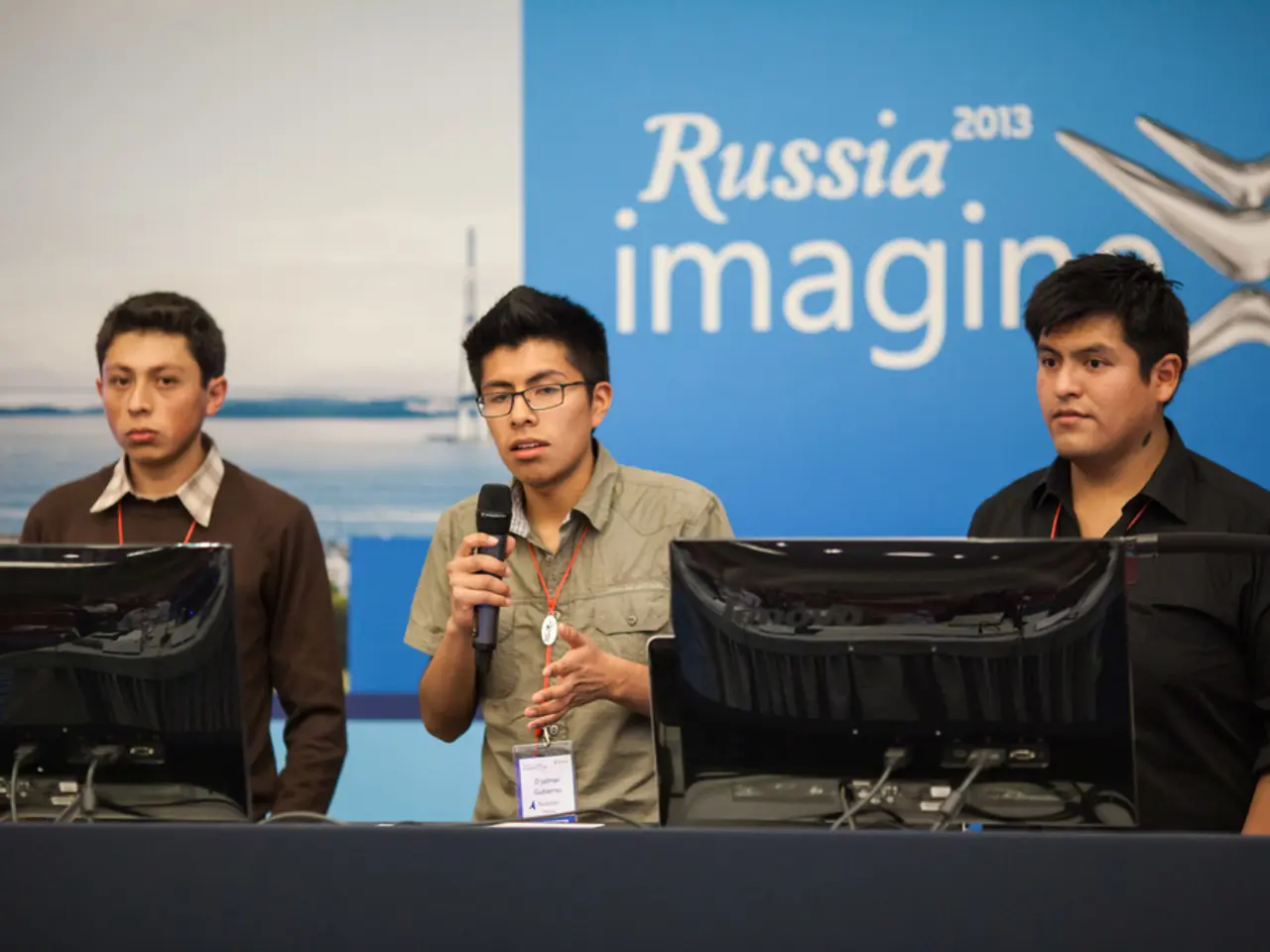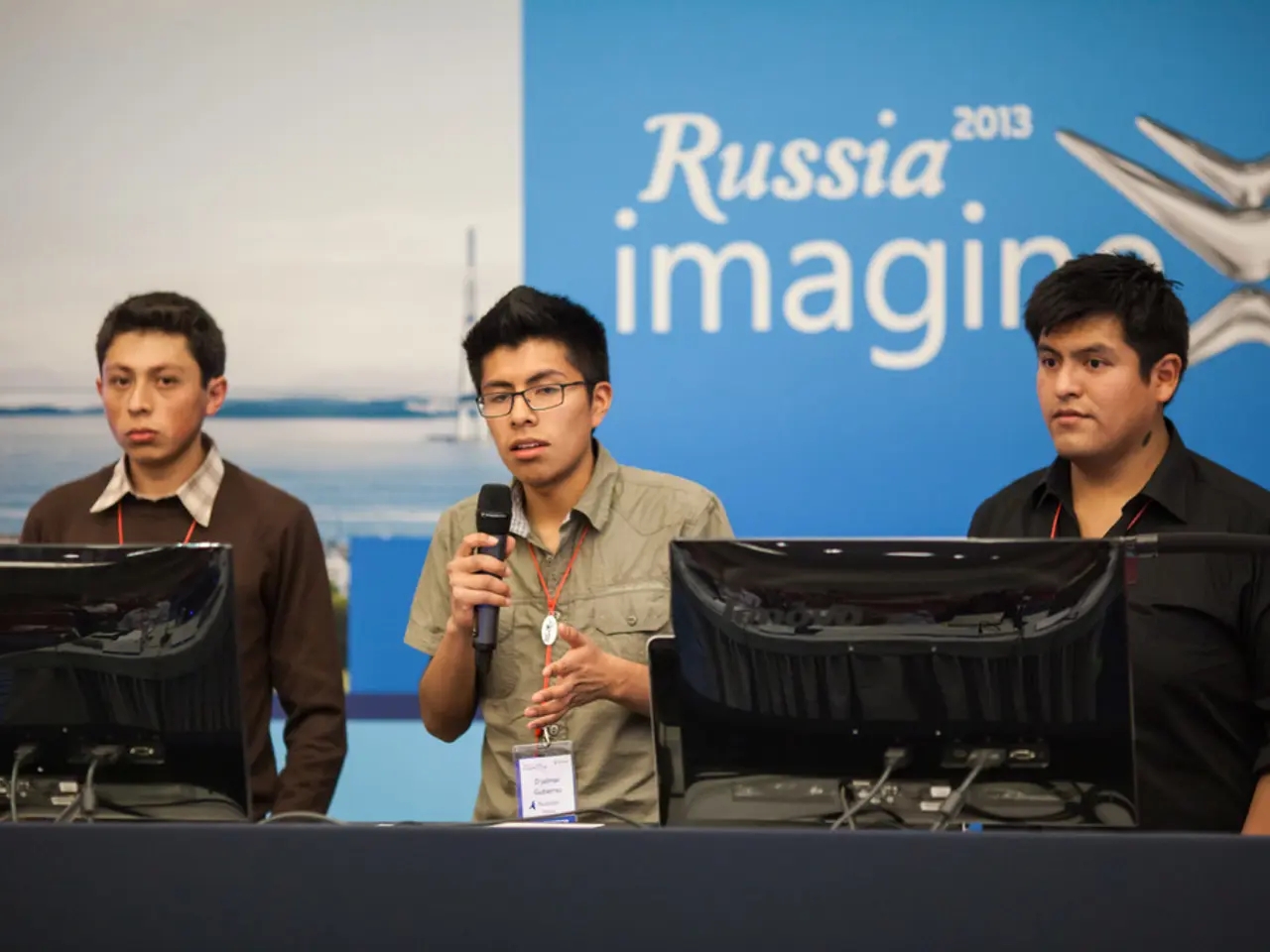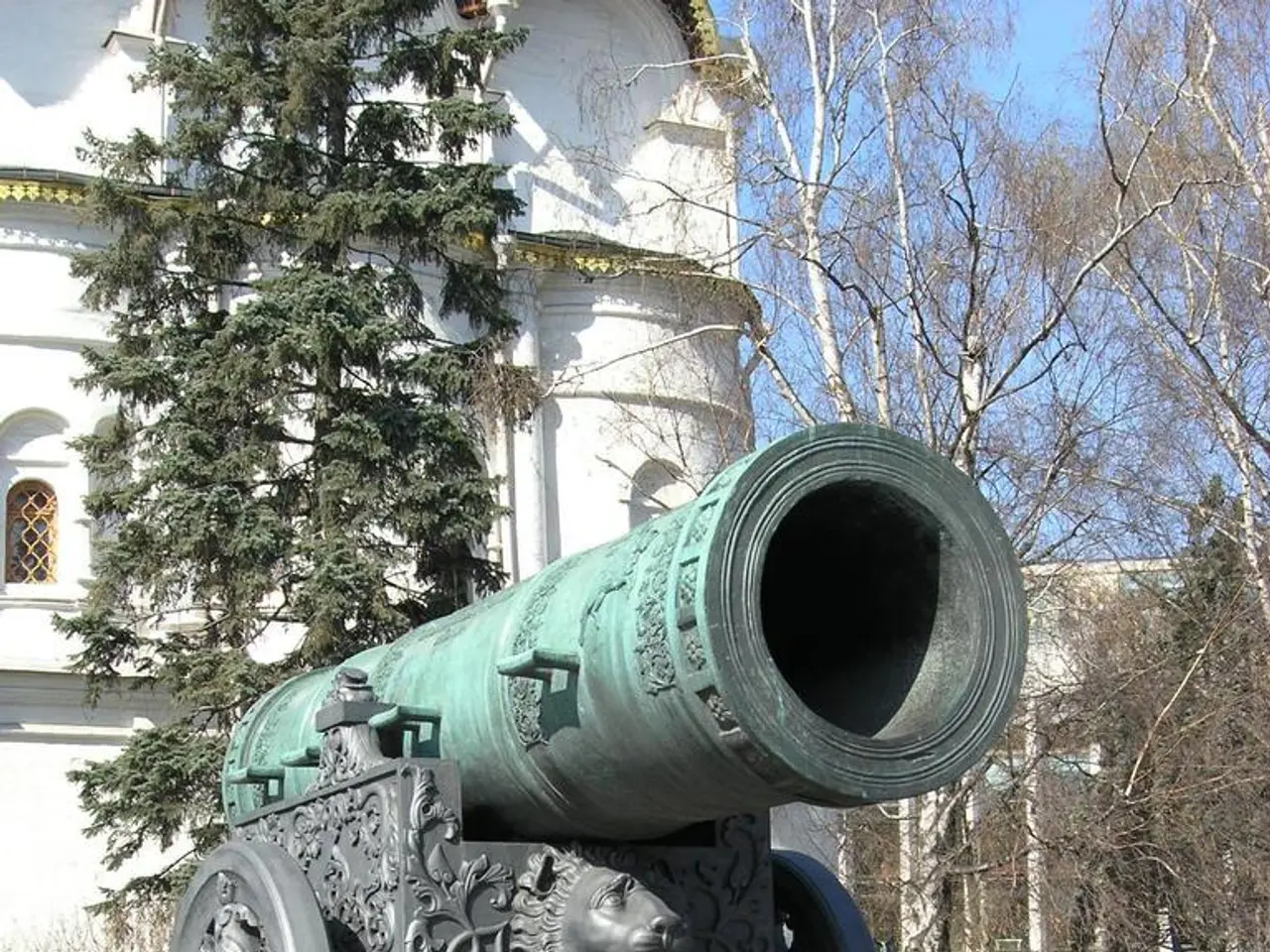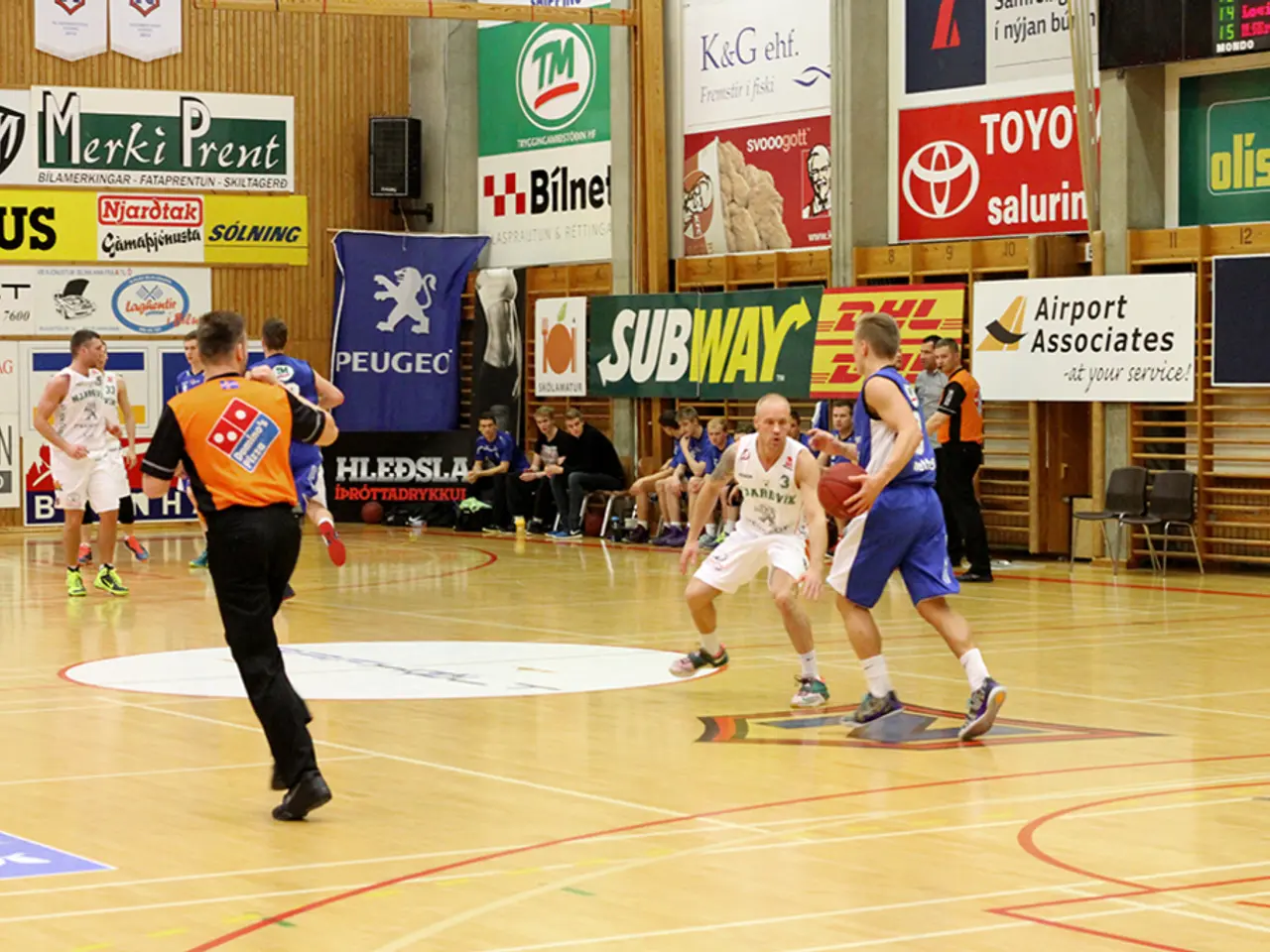Encouraging a large family as a popular societal norm, according to Vladimir Putin
In a bid to address longstanding demographic issues exacerbated by the ongoing war in Ukraine, Russia has launched a series of initiatives aimed at promoting large families, supporting motherhood, and increasing the fertility rate.
**Promotion of Large Families**
The Kremlin has been actively promoting President Putin as a guardian of traditional values and families. Public engagements, media coverage, and events tied to family holidays are being used to encourage Russians to have more children and to normalize large families. Additionally, there is ongoing discussion and expansion of state benefits for families, including potential new benefits for single fathers and existing payments for mothers and children.
More than ten Russian regions now provide a one-time payment of 100,000 rubles (about $1,300) to pregnant schoolgirls, provided they register with state-run services and carry the pregnancy beyond the legal timeframe for abortion.
**Support for Motherhood**
Financial support for expectant mothers, especially those in vulnerable socioeconomic groups, is a key aspect of these initiatives. The government continues to offer maternity capital payments, which are available to families after the birth or adoption of a second or subsequent child. These payments are intended to help families cover expenses and encourage higher fertility.
Efforts are being made to ensure equal access to benefits across different groups, for example, by extending financial support to pregnant schoolgirls who were previously excluded from some programs.
**Increasing Fertility Rate**
Russia is actively pursuing pronatalist policies, including financial incentives, improved access to childcare, and the promotion of positive attitudes toward large families. High-profile meetings between political leaders and mothers, as well as children’s rights commissioners, are used to reinforce state commitments to family support and to address concerns about child welfare.
The government monitors fertility rates and family size through the Federal State Statistics Service (Rosstat), which tracks births, demographic trends, and the impact of state interventions.
**Funding and Monitoring**
Initiatives are funded through a mix of federal and regional budgets. Federal programs like maternity capital are centrally funded, while regional incentives such as payments to pregnant schoolgirls are administered and financed at the local level. The central government sometimes supplements regional efforts, but many payments and benefits are managed and funded by local authorities.
Rosstat collects and publishes data on births, fertility rates, and the uptake of family support programs. This data is used to assess the effectiveness of demographic policies. Municipal commissions for juvenile affairs and children’s rights commissioners monitor the well-being of children, particularly in vulnerable families such as those of soldiers deployed to Ukraine. They provide oversight and recommend interventions to keep children with their families or place them in state care if necessary.
**Challenges and Criticisms**
Despite these efforts, demographers argue that Russia’s main demographic problem is excess mortality, not just low birth rates. The ongoing war in Ukraine exacerbates both issues, with high casualties and family disruptions.
Some critics argue that financial incentives alone are insufficient to counterbalance deep-seated anxieties about financial insecurity, economic uncertainty, and the broader geopolitical climate, all of which discourage family formation. Recent surveys indicate that financial insecurity is the primary concern for Russians considering parenthood, with the majority citing low income and economic instability as deterrents to having children.
[1] BBC News, "Russia's demographic crisis: Why is Putin so concerned about the country's falling birth rate?", 2023 [2] The Guardian, "Russia's demographic crisis: Putin's plan to boost the birth rate", 2024 [3] Reuters, "Russia's Putin calls for more babies as demographic crisis deepens", 2024 [4] Pew Research Center, "Russia's demographic challenges persist despite Putin's efforts to boost the birth rate", 2025
In light of the ongoing discussions surrounding policy-and-legislation and Russia's demographic challenges, the government is actively considering expansions of state benefits for families, including potential new benefits for single fathers and existing payments for mothers and children, as part of the broader politics surrounding large family promotion and motherhood support (General News).
To address the increasing fertility rate and address concerns about child welfare, the Kremlin organizes high-profile meetings between political leaders and mothers, as well as children’s rights commissioners, to reinforce state commitments to family support (General News). These initiatives are funded through a mix of federal and regional budgets and are being closely monitored by the Federal State Statistics Service (Rosstat) to assess their effectiveness (General News).








